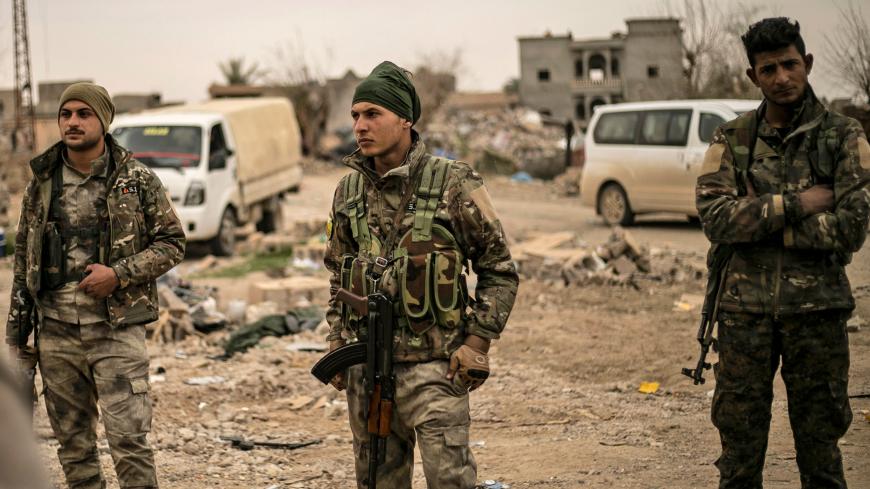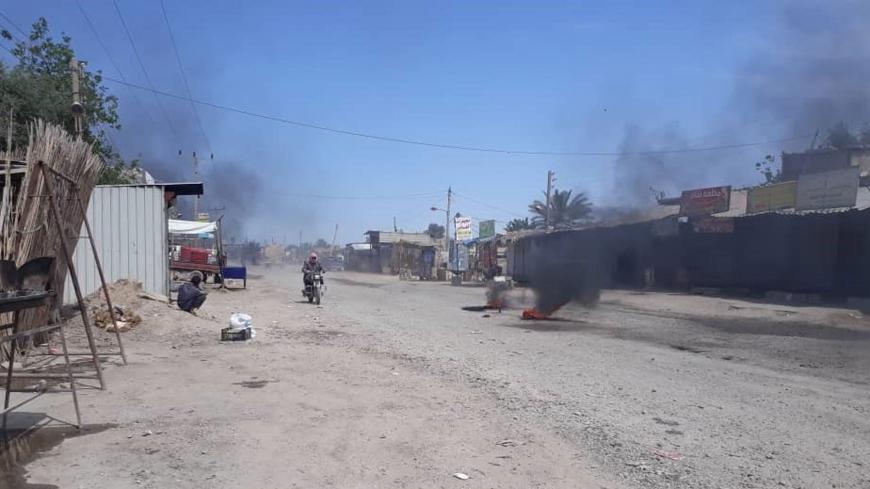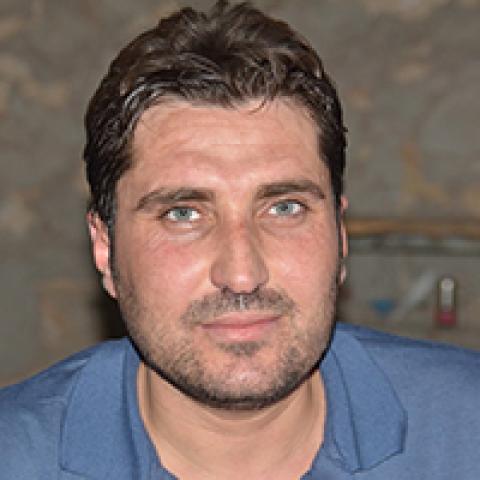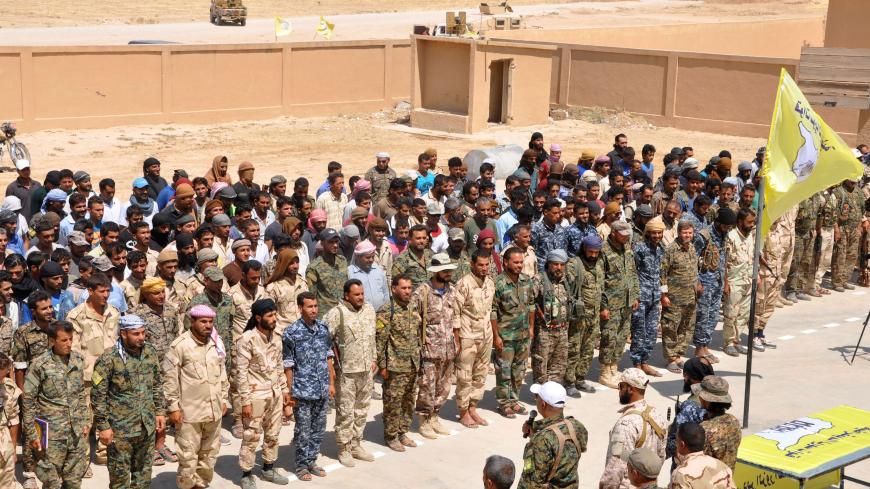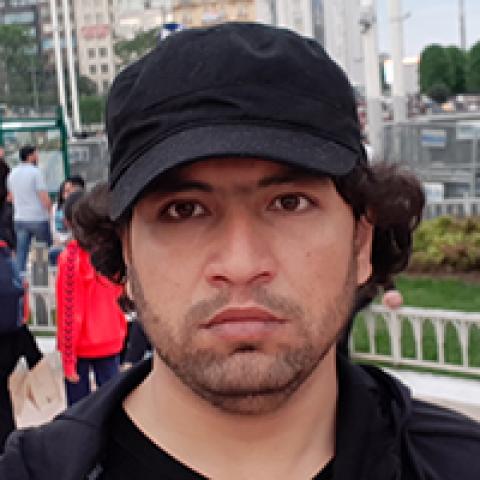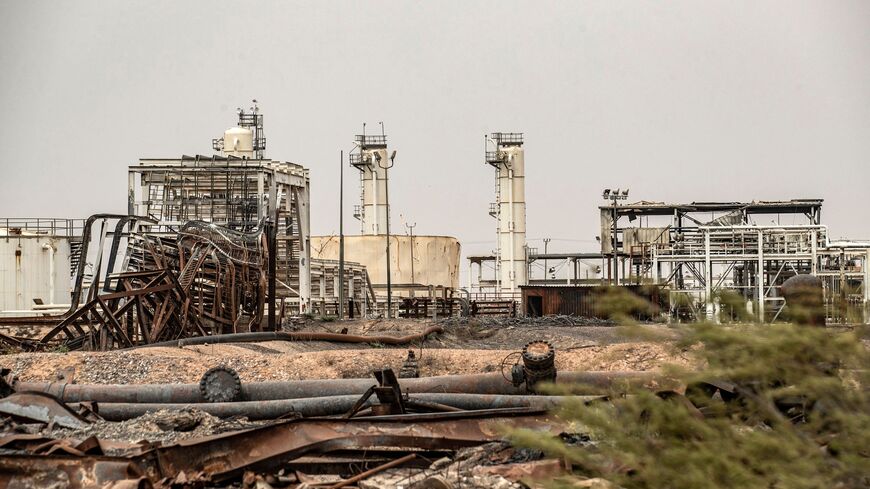Clashes between Arab tribes, SDF forces in Syria pose challenge to US
The clashes between Iranian-backed Arab tribes and the Kurdish-led Syrian Democratic Forces, supported by the United States, come at a time of heightened tensions in the region ahead of an imminent Iranian response to the killing of Hamas’ leader.
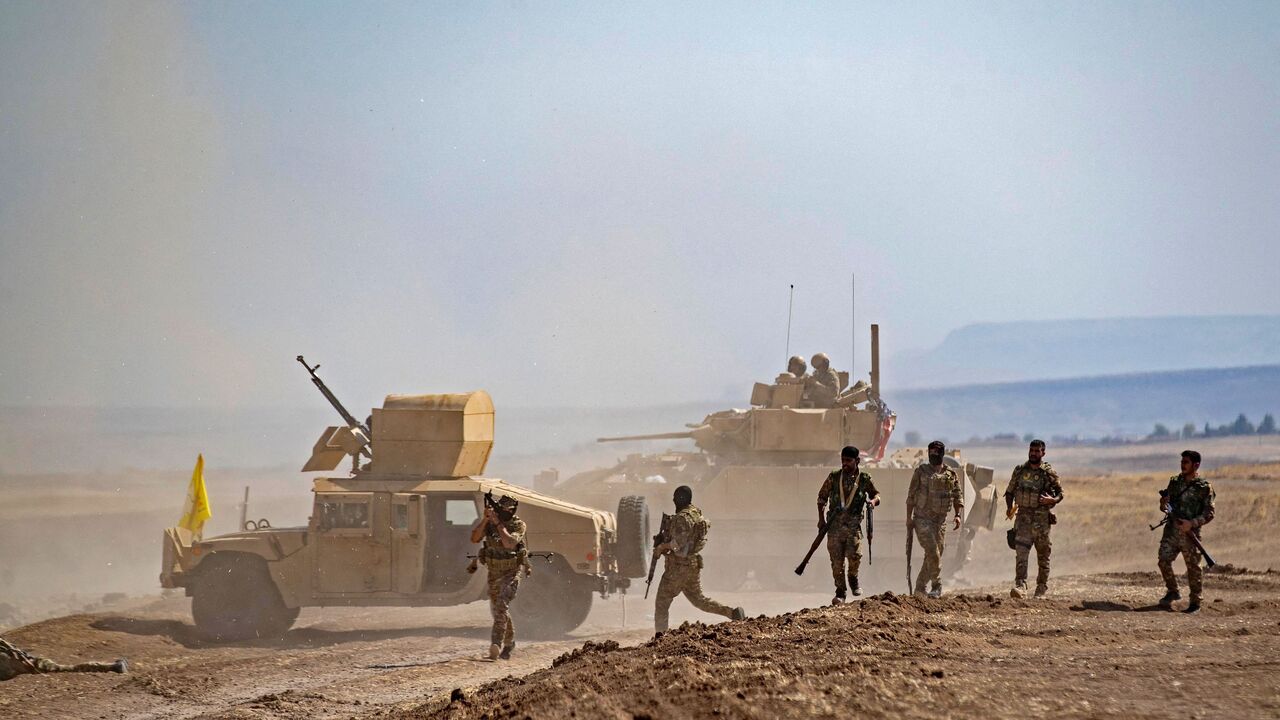
Several Syrian pro-government and pro-Iranian groups launched a major attack against the Kurdish-led Syrian Democratic Forces (SDF), which are backed by Washington, in Syria’s eastern province of Deir ez-Zor, leading to violent clashes on Wednesday in some of the heaviest fighting in more than a year in the area, where US troops are deployed as part the international coalition fighting the Islamic State (ISIS).
The warring sides exchanged heavy artillery and mortar shelling, while US helicopters struck positions belonging to Arab tribal forces, leading to several casualties, according to local reports.
What happened
The clashes began on Tuesday night and continued throughout Wednesday after Syrian government forces and allied militias launched a ground attack against the SDF in the eastern countryside of Deir ez-Zor, on the eastern bank of the Euphrates River.
The SDF said in a statement on Facebook that the National Defense Forces — a pro-government group that receives training and assistance from Iran’s Islamic Revolutionary Guard Corps and Lebanon’s Hezbollah — and allied groups began firing mortar and artillery shelling at their positions, prompting heavy clashes in the vicinity of the towns of Diban, al-Latwa and Abu Hamam, which left two civilians dead and five others injured.
The Kurdish-led group added that its forces managed to thwart the attack. In a follow-up statement on Wednesday, the SDF said it is carrying out a sweeping operation to expel the remaining fighters in the area.
Local media reports said the SDF brought in large military reinforcements from its headquarters in the Maamel area in northern Deir ez-Zor, from al-Shaddadi in the south of Hasakah province and also from Raqqa to repel the attack.
US helicopters reportedly intervened and opened fire at the tribal forces in Diban in support of the SDF, Al-Mayadeen news channel, which is close to Hezbollah, reported.
For its part, the Syrian Observatory for Human Rights (SOHR) said three pro-Iranian fighters and three civilians were killed, while more than 10 people were injured in the fighting.
Local media reports said pro-government forces and a coalition of Arab tribes supported by Iran were behind the attack.
Ibrahim al-Hifl, the leader of the so-called Arab Tribal Forces (also known as the Arab Tribal and Clan Forces), vowed in a recording published on social media Wednesday to launch more attacks and liberate “the Arab land” from the SDF’s "occupation."
The Arab Tribal Forces was established by Hifl in September 2023 with the aim of fighting the SDF in Deir ez-Zor province. According to Operation Inherent Resolve, the US-led diplomatic and military operation against ISIS, tribal groups receive "explicit support from the Syrian regime and its Iranian allies on the western side of the Euphrates River, where resistance fighters resupply, rearm and launch attacks across the river in SDF-controlled villages on the eastern side."
The news website Al-Watan, which is close to Damascus, said the tribal forces led by Hifl attacked several military checkpoints and sites belonging to the SDF in the east of Deir ez-Zor and took control of a number of towns following heavy clashes with light and medium weapons, including Abu Hardub, Diban and As-Sabha.
Tribal sources told Al-Watan that the Arab fighters captured 10 SDF members and seized military equipment. The UK-based SOHR, which has a vast network of sources on the ground in Syria, reported on Thursday that around 20 vehicles carrying pro-Iranian fighters fully armed arrived at the headquarter of the pro-government Baqir Brigade in the Dahiya neighborhood of Deir ez-Zor city, as they chanted in support of Hifl.
Background
Deir ez-Zor province, which borders Iraq, is roughly divided into two areas of control. The western part of the city, on the western bank of the Euphrates River that passes through the province, is controlled by Syrian government forces and allied militias. This area includes Deir ez-Zor city, al-Mayadin and al-Bukamal, among other major cities.
The SDF controls the eastern part of the province. The Kurdish-led forces captured the area in March 2019 after expelling ISIS with backing from the US-led coalition.
Deir ez-Zor is mainly inhabited by Arabs belonging to dozens of different tribes and clans that are spread across the province on both sides of the Euphrates.
Tensions between the local Arab population and the SDF have occasionally erupted in the past. The Arabs accuse the SDF of illegally occupying their land and stealing the resources.
In August 2023, tensions reached their peak after the arrest by the SDF of the leader of the Deir ez-Zor Military Council, leading to heavy clashes between Arab tribes and SDF fighters, which left dozens dead on both sides.
Why it matters
Wednesday’s clashes occurred just a few kilometers away from al-Omar and Conoco oil fields that house US troops in the eastern countryside of Deir ez-Zor. According to Al-Watan, the US forces at the bases were on high alert during the fighting.
On Monday, seven US personnel were injured in a rocket attack on al-Asad air base in western Iraq. No group claimed responsibility for the attack. But it comes as Iran and its proxies in the region vowed to respond to the assassination of Hamas leader Ismail Haniyeh in Tehran last week, which they blamed on Israel.
The Pentagon announced last Friday a plan to deploy additional fighter jets and Navy warships to the Middle East ahead of the expected Iranian response.

